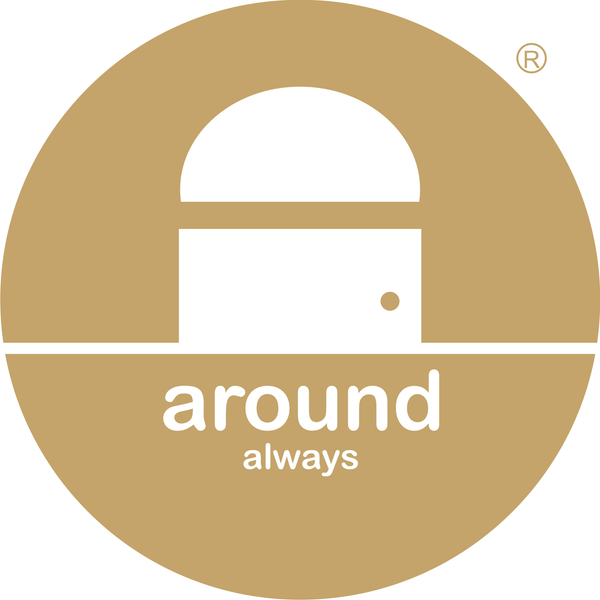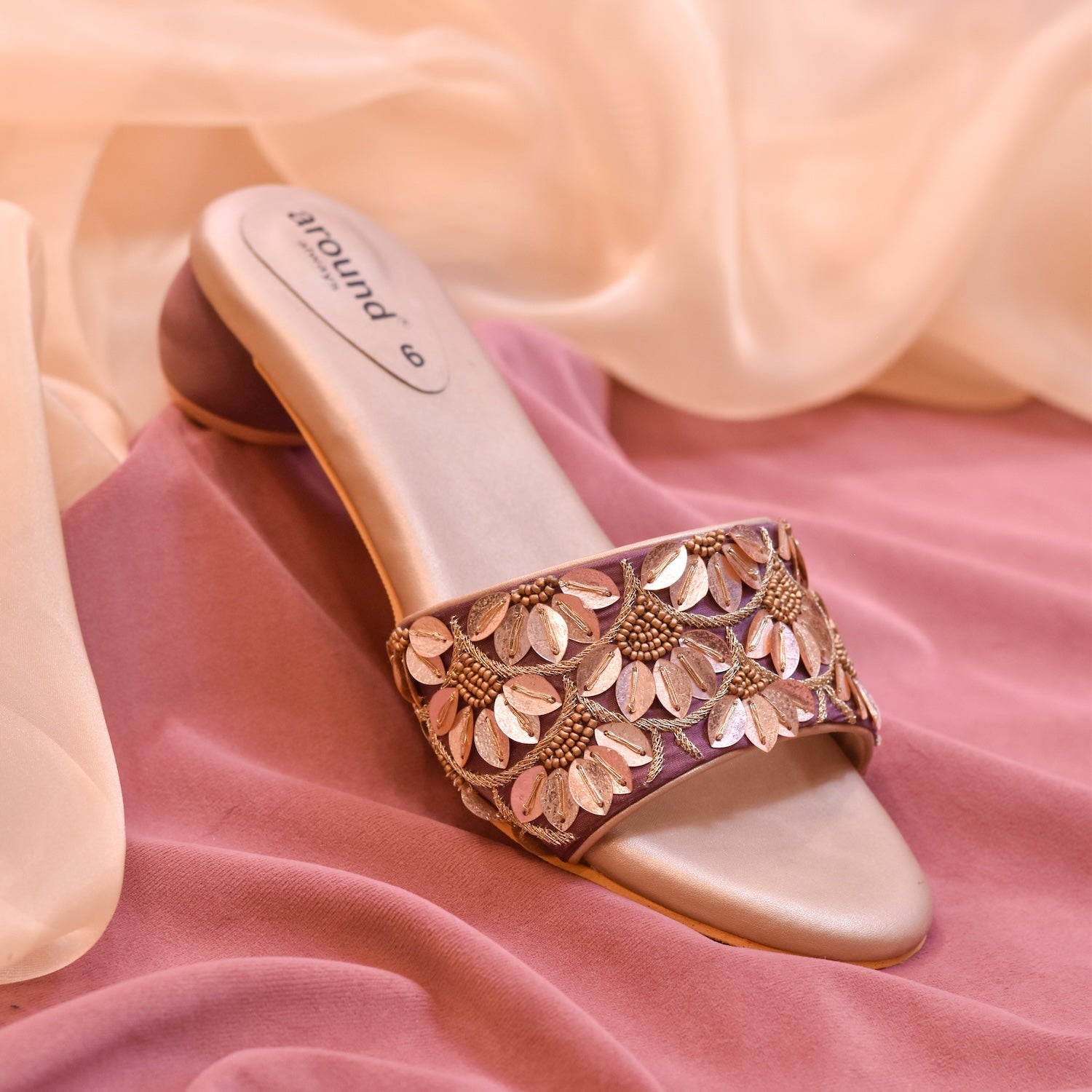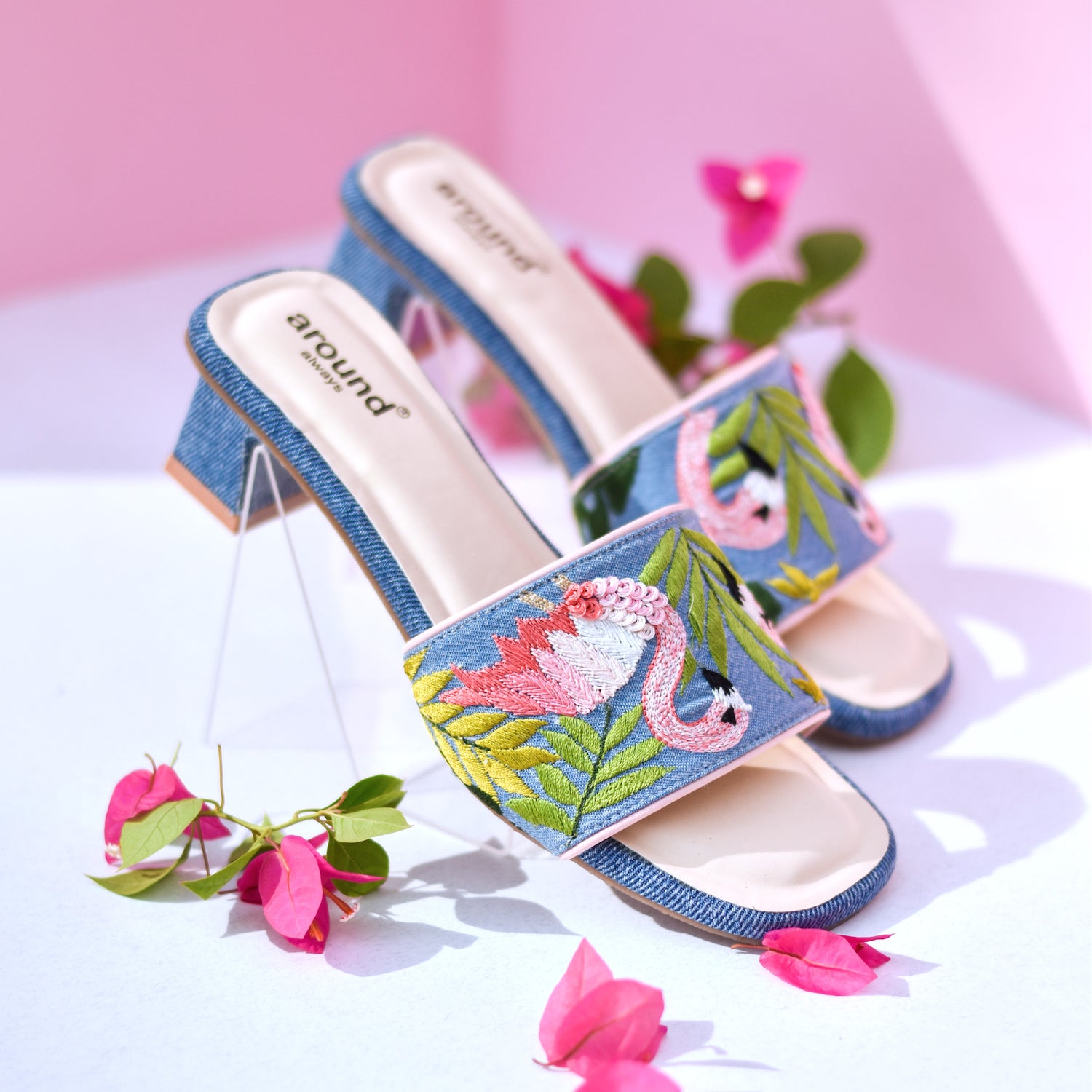The art of embroidering with golden and silver threads, from being merely associated with the royalties, has come a long way, thanks to their early patronage.
Zardozi — the magnificent metallic embellishment of India — dates back to ancient times. It finds mention in Vedic literature, the Ramayana and the Mahabharata, and all accounts of the Sultanate period. Zardozi may find its root in Rig Veda but the craft expanded its wings during the Mughal era and especially because of benefaction of Akbar.
Done with metal wire and metal pieces or sequins on velvet, satin and heavy silk bases, Zardozi is one of the most famous and elaborate techniques in metal embroidery. The original embroidery of Zardozi was done with pure silver wires coated with real gold, and was known as Kalabatun. Though silver and gold wires have now been replaced with synthetic threads, the art remains the same. The use of metal embroidery in Indian textiles and costumes, especially those used for ritual or ceremonial purposes, demonstrates the importance of gold and silver within the culture. The current trends indicate its extensive play in bridal outfits.
Sitting around the wooden frames in their small karkhanas, craftsmen or ‘zardos’, chit-chat among themselves and their hands speak a different language which they have learnt from their forefathers. The craft not just requires perfect stitches, but also requires understanding of the innate techniques by which it is created. Zari, which is the life of the embroidery, is flattened silver or gold wire wounded around a silk thread. Zardos create beautiful designs which stand out like a peacock on a rainy day. These designs have Persian influences, so the motifs are primarily inspired by flora and creepers.
Apart from the thread itself, it is the trimmings that add more splendor to the work of zardozi. Pearls, beads, stones and silk thread not just add a dash of colour, but lend a royal glam to the design.
Unlike a lot of traditional embroidery, here the craftsmen require a design which is drawn on a butter paper and traced on to the cloth to be embroidered with the help of chalk powder and kerosene oil. The cloth is stretched on a wooden frame or adda which is similar to that khatiya used in the villages. Once this has been done, around 6-7 of them take a part of the design and start the process of embroidering with zari.
A fine hook needle is used to make quick chain stitches with the Zari. The thread is held with a finger at the reverse of the fabric and the aari, an awl-like needle with a sharp point, is held on the top. Using aari is quick and easy but it has its disadvantages. One tug at a loose thread can spell disaster to the entire design as it can unravel in a matter of minutes. The other way is to secure stitches using normal needle which is time consuming and expensive. Zardozi uses array of stitches like satin, surface satin, chain and couching depending upon the need of the design.


The embroidery is by and large done on closely woven fabric as all fabric doesn’t have strength to bear its weight which weighs around kilos.
It takes time to embroider with zari like all hand embroidery. Depending upon the intricacy of the design it may take days or even weeks to complete a work. While these designs vary from place to place, even from artisan to artisans, the patterns from the pockets of Delhi, Kolkata, Lucknow and Ahmedabad wins the attention of women across the world.
Descending from the royal wardrobes of kings and queens, today, this embroidery adorns the traditional grabs of various states, on saris or lehengas of brides or on festive attire. Zardozi also grace exquisite evening dresses, coats, fashion accessories, furnishing accessories like cushion covers and wall hangings. At Around Always, we have made a modest attempt at using the classical technique in our bridal shoes and wall frames. The traditional Kolkata craftsman has a unique charm to his work!
These art forms have seen a whirlwind of change by the way they have been perceived. What was a dying craft 50 years back has become vital to the garments ‘en vogue’ in Hollywood and Bollywood. Though the richness of gold may no longer grace the work of Zardozi craftsman, but the glitter and glamour endures –and hopefully it will for years to come.

Image Source: http://www.w-n-w.in/






